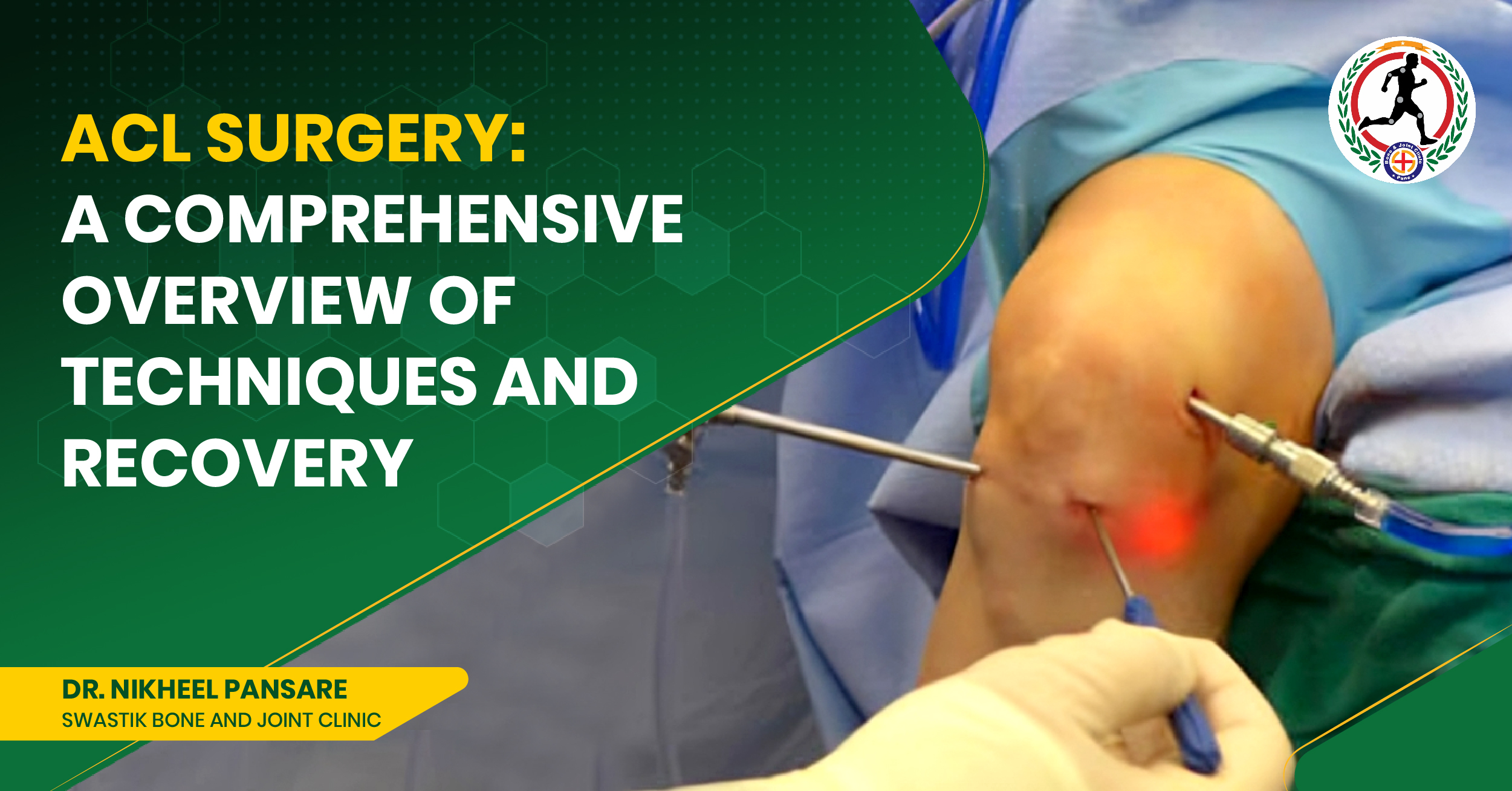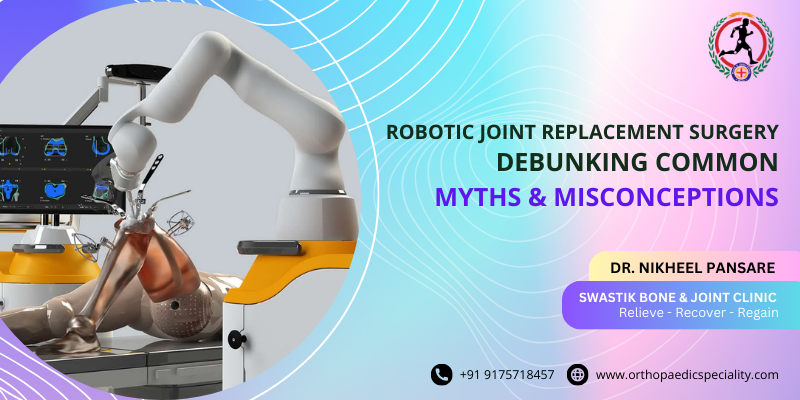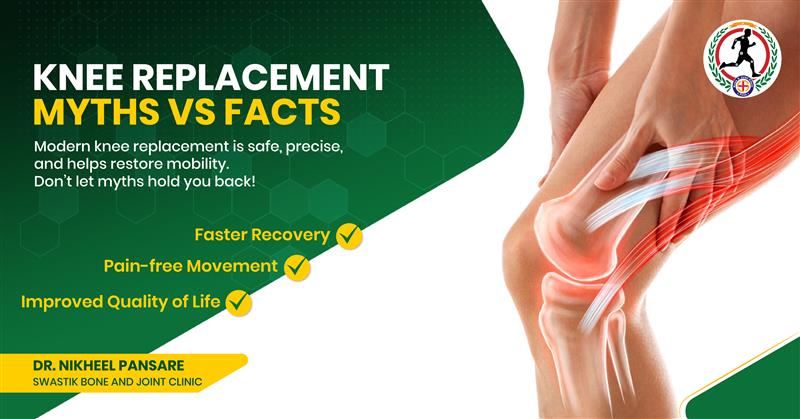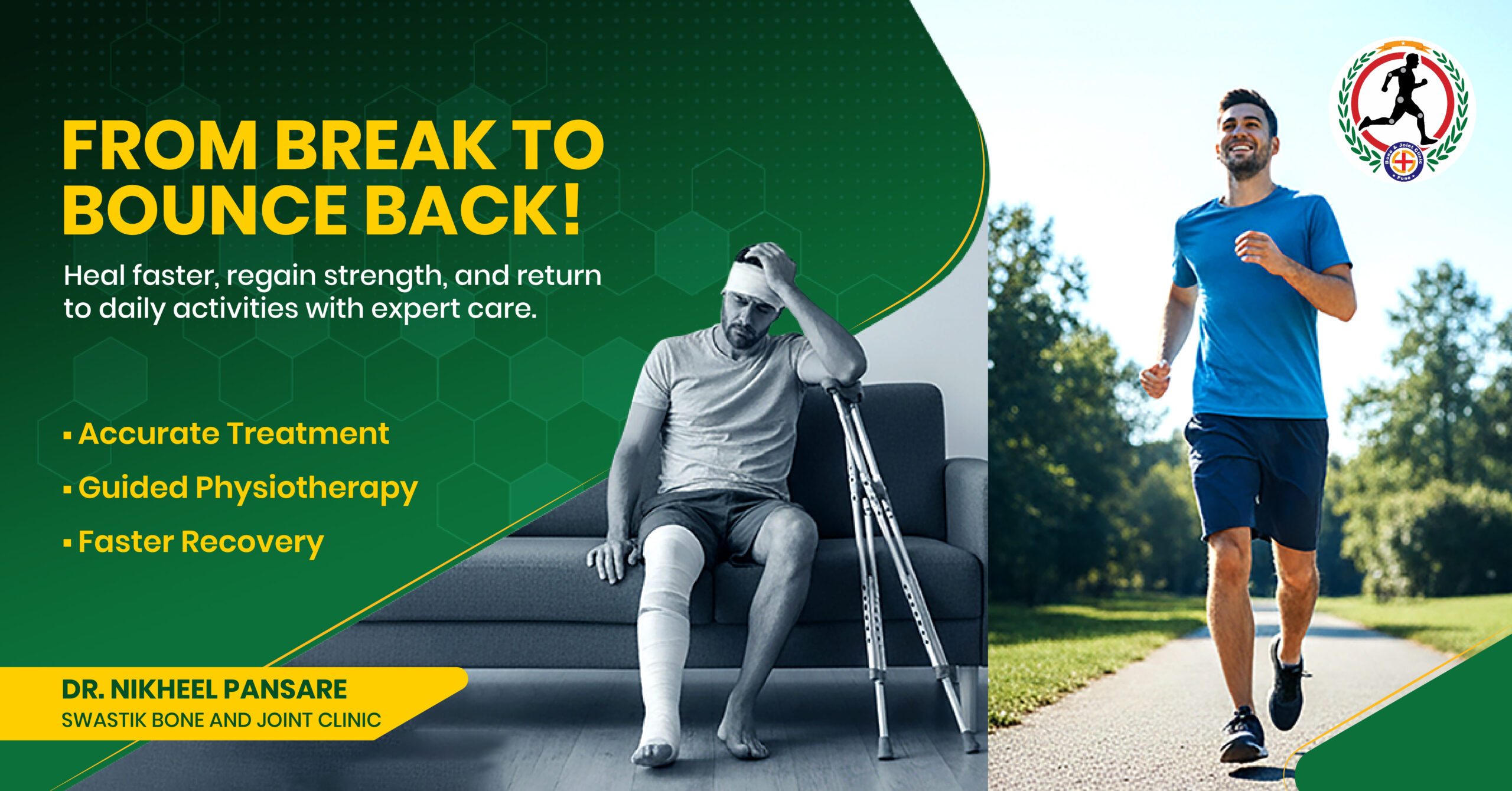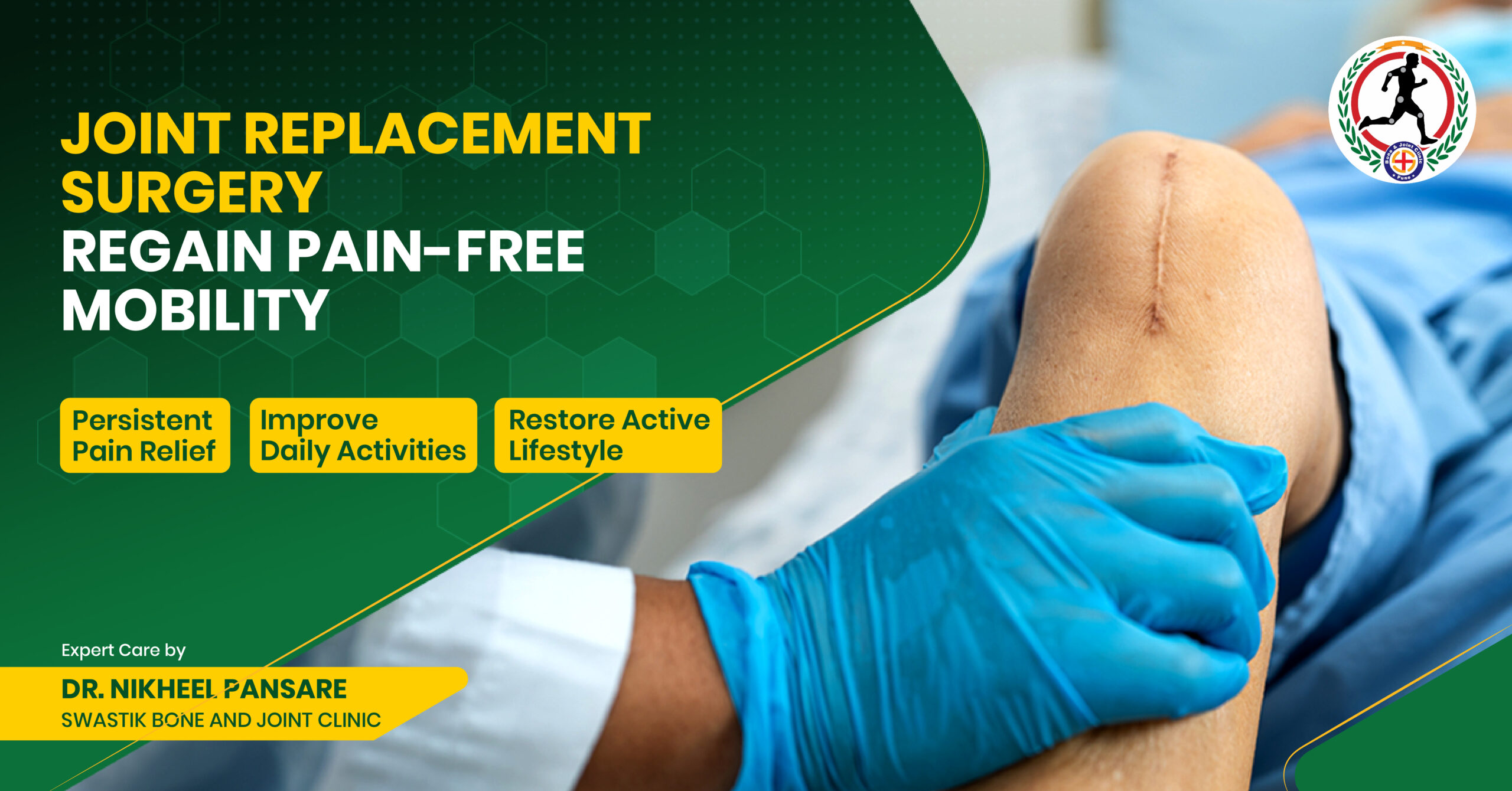While robotic knee or hip replacement surgery marks a significant milestone in orthopedic advancement, the journey to recovery extends far beyond the operating room. Dr. Nikheel Pansare, the best Robotic Joint Replacement surgeon in Viman Nagar near Kharadi specializing in robotic surgical technique, emphasizes the critical role of postoperative care in facilitating a successful recovery. Let’s explore the importance of postoperative care in robotic knee or hip replacement surgery recovery and how patients can optimize their outcomes.
Dr. Nikheel Pansare, a dedicated robotic knee & hip replacement surgeon in Viman Nagar near Kharadi, emphasizes the importance of adhering to the rehabilitation program prescribed by the surgical team. Consistent participation in physical therapy sessions and diligent adherence to home exercise routines are essential for achieving optimal outcomes and minimizing complications.
Dr. Nikheel Pansare works closely with patients to develop personalized pain management strategies tailored to their individual needs and preferences. This may include a combination of medications, such as analgesics and anti-inflammatories, as well as non-pharmacological interventions like ice therapy, elevation, and relaxation techniques.
Common complications following robotic knee or hip replacement surgery may include infection, blood clots, stiffness, instability, or implant-related issues. By remaining vigilant and proactive in monitoring for complications, patients can mitigate potential risks and facilitate a smoother recovery process.
It’s essential for patients to avoid overexertion or high-impact activities that may jeopardize the integrity of the surgical site or impede the healing process. By following the recommendations of their orthopedic surgeon and physical therapist, patients can safely regain mobility and function over time.
Comprehensive Rehabilitation Program:
Following robotic knee or hip replacement surgery, patients typically undergo a comprehensive rehabilitation program designed to promote healing, restore mobility, and maximize function. This program may include a combination of physical therapy, occupational therapy, and home exercises tailored to each patient’s specific needs and goals.Dr. Nikheel Pansare, a dedicated robotic knee & hip replacement surgeon in Viman Nagar near Kharadi, emphasizes the importance of adhering to the rehabilitation program prescribed by the surgical team. Consistent participation in physical therapy sessions and diligent adherence to home exercise routines are essential for achieving optimal outcomes and minimizing complications.
Pain Management Strategies:
Effective pain management is another crucial aspect of postoperative care in robotic knee or hip replacement surgery recovery. While some discomfort is normal after surgery, adequate pain control is essential for promoting comfort, facilitating mobility, and supporting rehabilitation efforts.Dr. Nikheel Pansare works closely with patients to develop personalized pain management strategies tailored to their individual needs and preferences. This may include a combination of medications, such as analgesics and anti-inflammatories, as well as non-pharmacological interventions like ice therapy, elevation, and relaxation techniques.
Monitoring for Complications:
During the postoperative period, patients are closely monitored for any signs of complications or adverse reactions. Dr. Nikheel Pansare emphasizes the importance of promptly reporting any unusual symptoms or concerns to the healthcare team to ensure timely intervention and resolution.Common complications following robotic knee or hip replacement surgery may include infection, blood clots, stiffness, instability, or implant-related issues. By remaining vigilant and proactive in monitoring for complications, patients can mitigate potential risks and facilitate a smoother recovery process.
Gradual Return to Activity:
As patients progress through the recovery process, they will gradually transition from passive rehabilitation to more active engagement in daily activities and exercises. Dr. Nikheel Pansare encourages patients to listen to their bodies, pace themselves, and gradually increase activity levels under the guidance of the Physiotherapy team.It’s essential for patients to avoid overexertion or high-impact activities that may jeopardize the integrity of the surgical site or impede the healing process. By following the recommendations of their orthopedic surgeon and physical therapist, patients can safely regain mobility and function over time.



